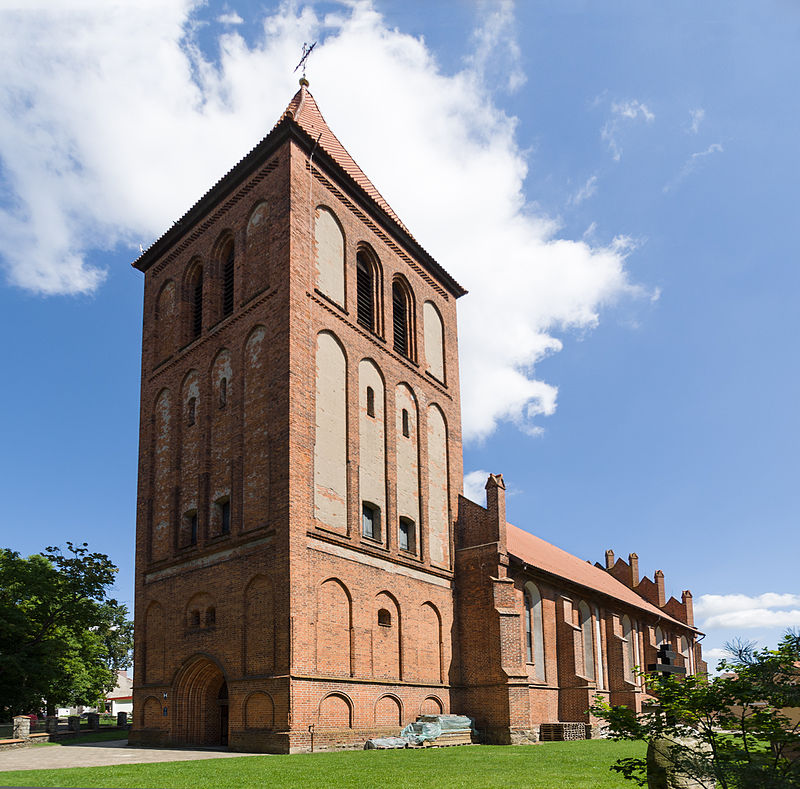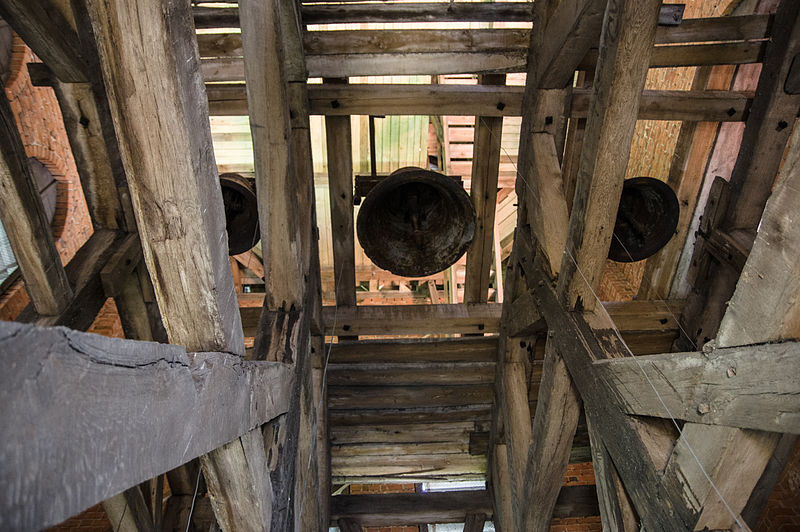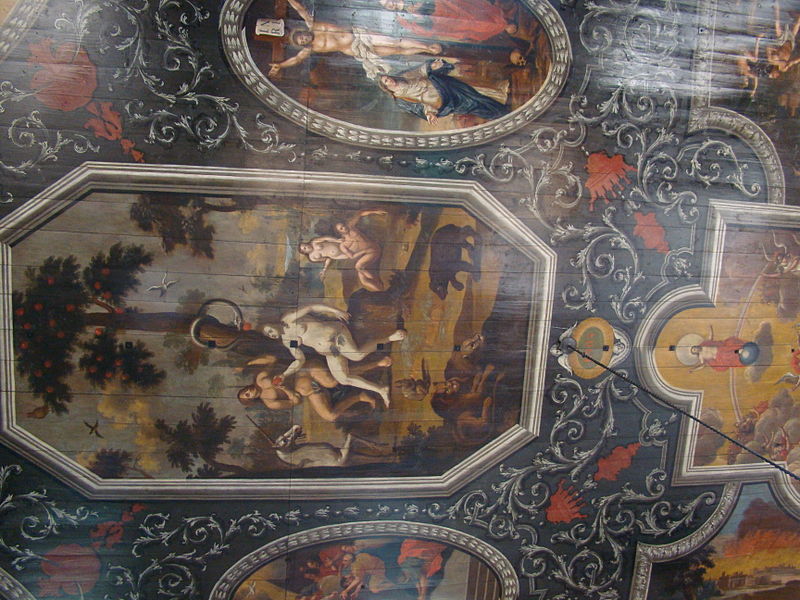Cerkiew Podwyższenia Krzyża Świętego

Facts and practical information
The Church of the Elevation of the Holy Cross in Gorłów Iławecki - the church was mentioned in documents as early as 1367 and built between 1335 and 1367. During the Reformation it was taken over by Protestants. After a fire it was rebuilt in 1655. At the beginning of the 19th century the church building fell into ruins and was rebuilt again in 1866. After World War II, the church was unused for a long time. In the 1980s it was taken over by Greek Catholics.
It is a one-nave Gothic building, built of brick and fieldstone, the eastern gable has a system of small blendes and canopies that were created in 1335-1367. The façade has a large window between the whitewashed blendes. The windows are narrow and sharply arched. There used to be a main altar dating back to the second half of the seventeenth century, made in Jan Pfeffer's workshop, with sculptures and paintings depicting the Last Supper, the Passion, the Entombment, the four Evangelists, St. John and Moses, and Christ triumphant. The pulpit came from 1664, painted and carved, also made in the workshop of Jan Pfeffer. The carved organ prospect came from 1701 and was made by Johann Christian Dobel and his pupils.
3 Księdza Mirosława RipeckiegoWarmian-Masurian
Cerkiew Podwyższenia Krzyża Świętego – popular in the area (distance from the attraction)
Nearby attractions include: Cerkiew pw. Zaśnięcia Najświętszej Maryi Panny, Górowo Iławeckie.







